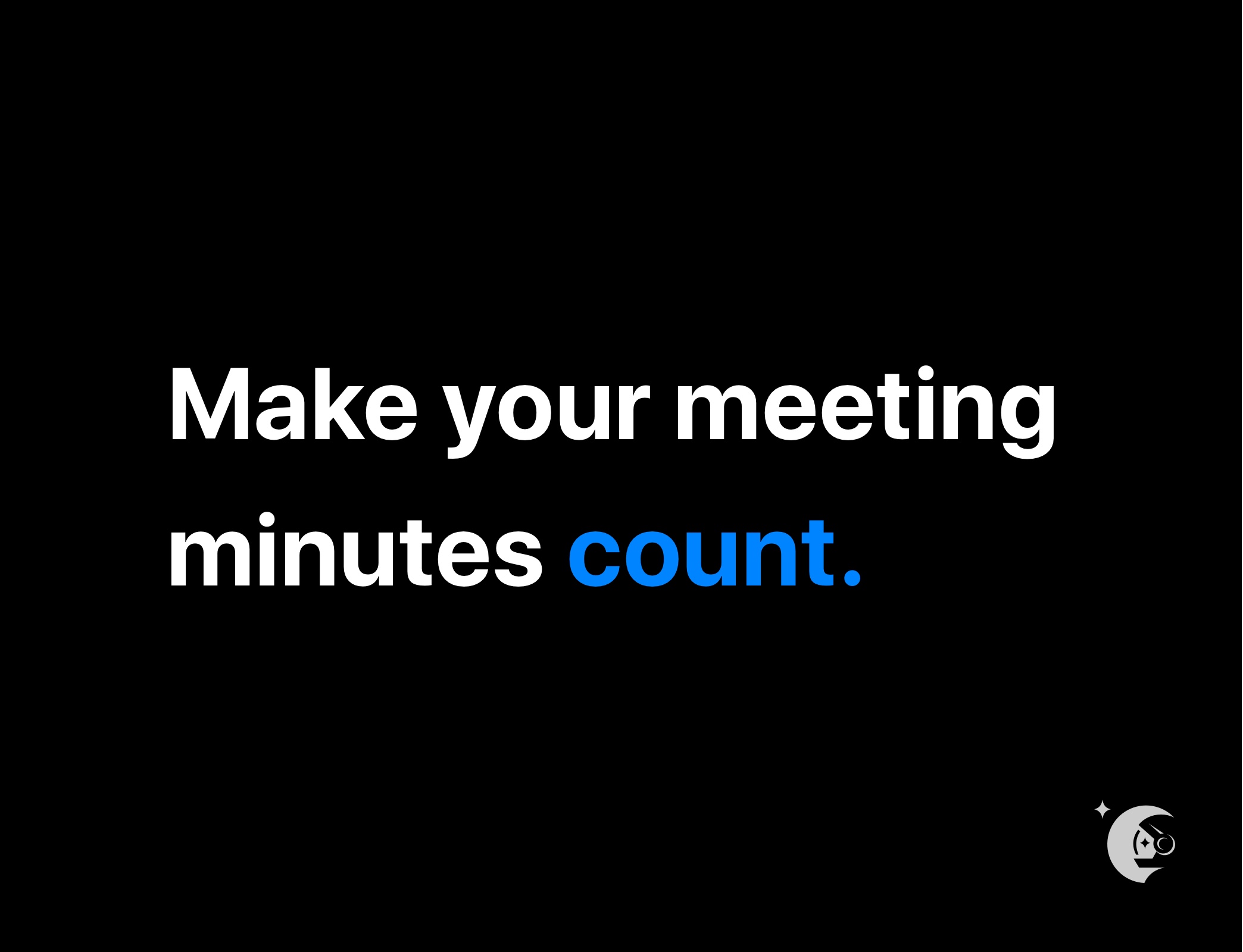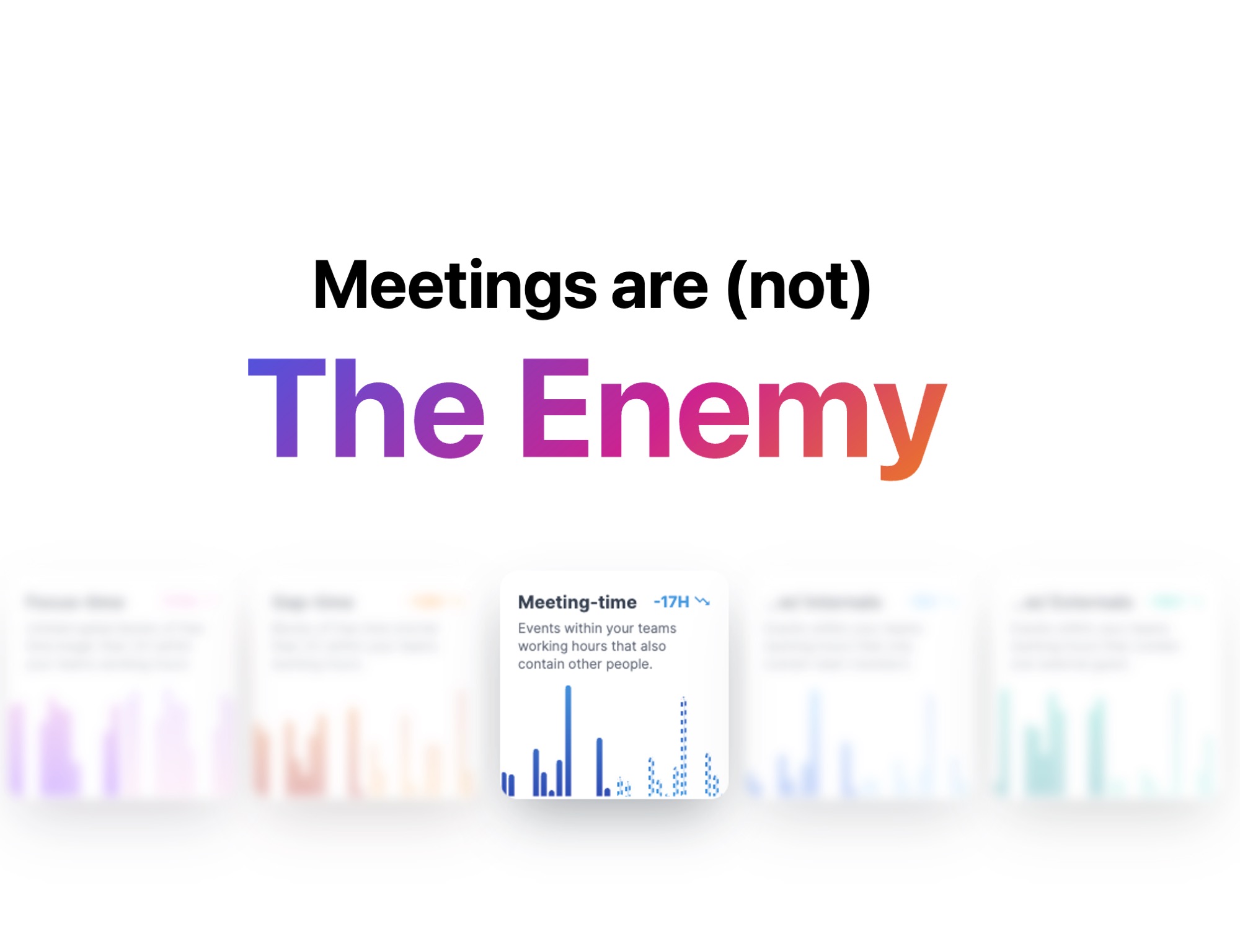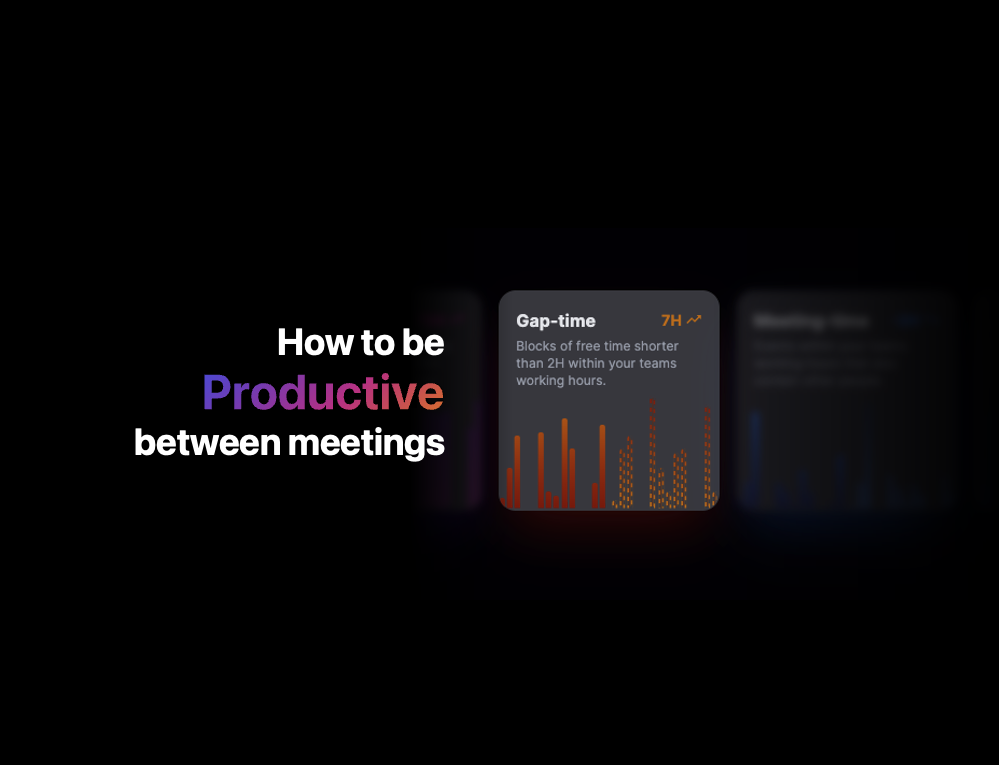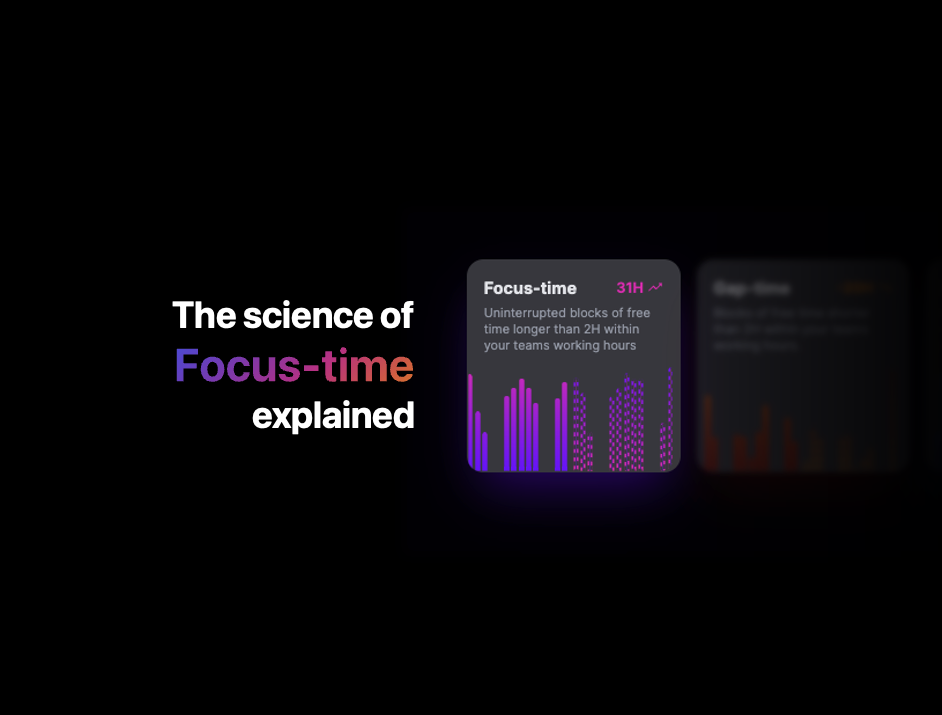How to take meeting minutes: 8-step guide
8 min readThis article reviews everything you need to know about taking effective and efficient minutes for your next meeting.

Taking meeting minutes is the practice of documenting what happened in a meeting.
It’s an essential step to ensure meetings are productive and actionable. After all, if you have a meeting with no written trace, it’ll be hard to hold anyone accountable, or even remember what was discussed.
But, there are a number of things to keep in mind to ensure your meeting minutes are effective. We’ve got you covered! In this article we’ll walk through:
- The definition of meeting minutes
- The purpose of meeting minutes
- How to take minutes for a meeting
- Meeting minutes templates
You’ll be a pro at taking meeting minutes in no time!
What are meeting minutes?
Meeting minutes are concise notes that summarize discussions from your meeting. They’re a record you can refer back to for clarification on what happened in the meeting.
But, they shouldn’t be a record of everything that happened. The phrase “meeting minutes” actually doesn’t have anything to do with 60 seconds. Rather, the phrase dates back to the early 18th century to the Latin words “minuta scriptura,” which means small notes.
What’s the purpose of meeting minutes?
The are a number of purposes meeting minutes serve that make them an important part of every meeting. Since meeting minutes are typically a more formal documentation of meetings, they’re especially used when an official record of the discussion is needed, for example in board meetings and leadership meetings.
Accountability
If a tree falls in a forest and no one is around to hear it, does it make a sound? Well, if a meeting happened but there are no notes, did it really happen? 🤔
This might sound silly. But the fact of the matter is that people are forgetful. Your team likely isn’t trying to pass the buck on commitments made, but if you don’t write it down, it’s pretty easy to forget.
The entire purpose of a meeting is to get the right people in a room to collectively solve a problem. Documenting the solution, whether through meeting notes or meeting minutes, will ensure that the whole team stay accountable — so your discussion gets turned into action.
Alignment
Miscommunication is a great way to cause frustration, resentment and loss of productivity.
We all have different communication styles, and if you’re not intentional about how you communicate, this can cause misunderstandings galore.
Taking meeting minutes gives you the opportunity to ensure clarity on what’s discussed. For example, let’s say someone needs to create templates for customer onboarding. You think your colleague agreed to do it, but their understanding is that you’re taking the lead. Without minutes, you both leave with a different perspective on what’s supposed to happen next.
Since meeting minutes force you to write down what was decided, this misalignment will be caught before it leads to frustration. So you both leave crystal clear on what’s next.
How to take minutes for a meeting in 8 steps
1. Document the basics
“Hmm…what was it that Kathleen said last week about the marketing plan?”
If you’ve clearly labelled your notes with the right details, it will be quick and easy to answer this question! For every meeting, make sure to cover off the very basics in the minutes.
What to include in your meeting minutes
- The date: This may seem obvious but adding the date to your notes allows you to look back on not only what was discussed, but also when they were discussed.
- Who attended: Note who was present for a better understanding and context for the discussion. Typically you can add this to the minutes ahead of time, based on the invite list.
- The purpose: Why are you conducting the meeting in the first place? If it’s a recurring sync, the purpose will likely stay the same each time. If it’s a one-off meeting, make sure to write a purpose statement.
- Agenda items that were discussed: The bulk of your meeting minutes should be the agenda items discussed. Having the agenda items laid out ahead of time will help guide your minutes so they stay clear and concise.
- Relevant documents: Was there a presentation? Were you discussing a brief? Be sure to include links to all of these in your minutes – that way they’re easy to access later on.
- Next steps: Based on your discussion, what needs to be done next? Make sure you include who’s responsible and by when. More on that in step 7.
2. Designate a meeting minutes taker
If everyone’s taking minutes at the same time, things will get confusing quickly.
Decide from the outset who will take the notes.
Elect someone who isn’t running the meeting to take clear, concise notes throughout. That way, everyone else can focus on making decisions and assigning next steps.
It’s not particularly inclusive to pick the same person to take minutes each time. Consider rotating the notes taker each meeting.
3. Take minutes during the meeting
Once you’ve assigned someone responsible for the minutes, ensure they’re taking minutes throughout the meeting – not making rough scribbles they’ll turn into proper meeting minutes afterward.
The trick here is to find the right tool. For example, if using paper and pen, you’ll need to re-write the notes after so they’re shareable. Instead, choose a device that will make note-taking easy (like a laptop or iPad) and remove a step.
Taking minutes during the meeting also ensures you get everyone’s buy-in on key decisions and next steps. After each agenda item, the note-taker can say, “OK, here’s what I’ve written for the summary. Did I miss anything?” This way, everyone is consistently engaged in the conversation and stays aligned.
4. Take meeting minutes right in the agenda
The first step of taking minutes in the agenda is actually having a clear agenda.
This will help guide your minutes and streamline everything in one place. Ideally, your agenda is collaborative (whether it be in a meeting agenda tool like Hypercontext or a shared doc like One Note or Google Docs), so while you’re taking notes everyone can follow along — particulary helpful for remote meetings!
5. Don’t write verbatim
You don’t need to capture everything in your meeting minutes. Think of it as Cole’s Notes. If someone couldn’t make it, what are the key points they need to know?
Focus on the essentials: For each agenda item include a summary of what you discussed, any decisions made, and what the next steps are.
Not only will this make your typing fingers less tired, but it will also make the final product easier to understand.
6. Need clarification? Ask!
The note-taker should always feel comfortable (and encouraged!) to ask for clarification or repetition when needed. Trying to remember what was discussed later can result in misinformation or missing pieces.
If you’re leading the meeting, don’t hesitate to reiterate key points or crucial decisions. Not only will it help ensure accurate documentation – it repeats key information for the whole team to hear (win-win!).
7. Assign next steps
You went through everything on the agenda? Great! You summarized all your decisions? Great!
…but, who is doing what? 😮
For a meeting to be truly effective, you need to break down your decisions into action items. And don’t leave actions to nameless people, either – they won’t get done! Encourage ownership and responsibility by assigning the actions to attendees – ideally with deadlines attached to them.
8. Make the minutes easy to access
Possibly the most important part of writing minutes is actually making sure everyone has access to the minutes.
Whether you’re sharing a Google doc, or you’re using meeting minute software that everyone can access (we prefer the latter! 😏), it’s crucial that everyone can refer back to notes and next steps whenever they need. It helps to foster a culture of accountability, and encourages follow-through across the team.
Meeting minutes templates
As we mentioned earlier, the template for your minutes should be your agenda! Ensure each agenda item has space for notes and next steps, and that it’s easily accessible by all the attendees. Below you can find a few examples, based on agenda templates, that you can use in the Hypercontext app or download as a Word, Excel or PDF.
General team meeting minutes template

👉 Use the full team meeting template in Hypercontext or download (Word, Excel, PDF)
Board meeting minutes template

👉 Use this full board meeting template in Hypercontext or download (Word, Excel, PDF)
Level 10 leadership meeting minutes template

👉 Use this full level 10 meeting template in Hypercontext or download (Word, Excel, PDF)
Take meeting minutes more effortlessly by starting with a template from our library of over 100 types of meetings. ✨


